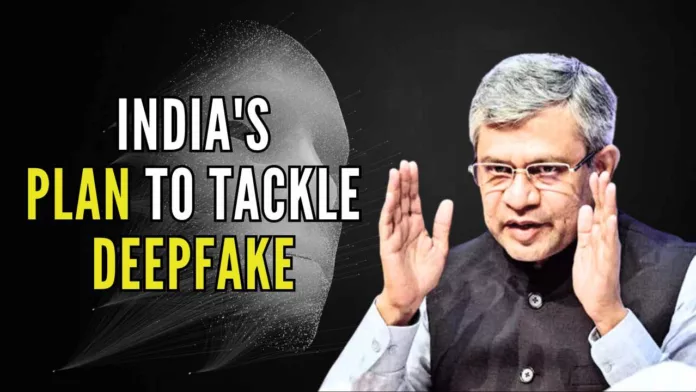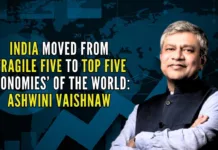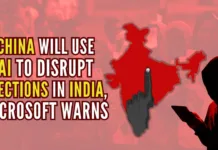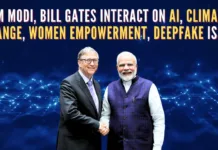
India seeks to regulate deepfakes amid ethical concerns
Terming deepfakes as “a threat to democracy”, India’s IT and Telecom Minister Ashwini Vaishnaw on Thursday said that planning new regulations that may impose penalties on both creator and platform hosting deepfakes. Amid some celebrities reporting their faces being manipulated onto another video, new protection regulations being considered will look at measures including watermarking AI-generated content, deepfake detection, rules for data bias, privacy, and guards against concentration.
“Deepfakes have emerged as a new threat to democracy. These (can) weaken trust in society and its institutions,” Vaishnaw said after meeting with various stakeholders, including social media platforms, Nasscom, and other professors from the field of artificial intelligence (AI). “We will start drafting the regulations today itself and within a very short timeframe, we will have a separate regulation for deepfakes,” he said.
The government, he said, would come up with actionable items on four pillars — detection of deepfakes, preventing the spread of such content, strengthening reporting mechanisms, and spreading awareness on the issue — within 10 days. All stakeholders present at the meeting shared similar concerns regarding deepfakes, he said. “All social media platforms agreed to have extensive technology to detect deepfakes.”
India has over 80 crore internet users, which are projected to cross 120 crore in two years. Deepfake is a piece of technology that leverages AI to alter a person’s appearance, voice, or actions in a way that can be realistic and challenging to discern from authentic, unaltered content. Recent deepfakes have brought to the fore the urgency of a regulatory framework for AI in the new Digital India law. Vaishnaw said deepfake advertisements or misleading promotions are a threat that Indian society is facing currently.
“The use of social media ensures that deepfakes can spread rapidly in a more significant manner without any check and go viral. This is why we need to take urgent steps to strengthen trust in society and our democracy,” he told reporters here. Deepfakes shot into prominence after actor Rashmika Mandanna‘s face was found to have been used in an embarrassing video earlier this month. Some other celebrities including Katrina Kaif and Kajol were also reported to be victims of deepfakes.
Last week, Prime Minister Narendra Modi also warned about the threat deepfakes pose. Earlier, Vaishnaw warned social media platforms would lose the immunity they enjoy under the ‘safe harbour’ clause in the Information and Technology Act if they fail to take measures against deepfakes. The clause states that an online platform cannot be held accountable for the content shared on it by users.
After the meeting with stakeholders on Thursday, he said deepfake video creators have found ways to even crack labelling and watermarks. “Thus, there has to be something that finds a way out of it.” The next meeting on the subject will be held in the first week of December.
Giving examples of deepfakes, the Minister said during electioneering in Madhya Pradesh, a video surfaced in which the Chief Minister was kind of saying to vote for the opposite party. “That was absolute misinformation, deep fake, and deep misinformation. We have to address that apart we have to ensure that the people who create these are identified they have their own set of punishments simultaneously the platforms which are the tools through which this content is spreading also have to take responsibility in terms of what they are allowing to be out on their platforms.
“Detecting a deepfake is very important. It is very important to identify between synthetic and deepfake content,” he added.
For all the latest updates, download PGurus App.
- Supreme Court rejects plea to tally all VVPAT slips with EVM votes; says ‘no going back to paper ballot’ - April 26, 2024
- US report citing human rights violations is deeply biased: India - April 25, 2024
- Kotak Mahindra Bank shares tank 13%. Market Cap erodes by Rs.37,721 cr post-RBI action - April 25, 2024










